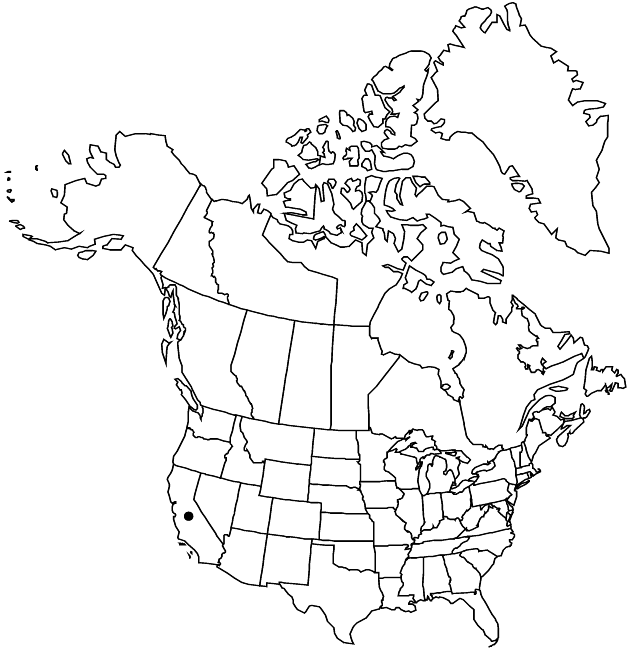Ericameria palmeri var. palmeri
Common names: Palmer’s goldenbush or goldenweed
Conservation concern
Plants 100–400 cm. Leaves 20–40 mm, usually circular in cross-section; axillary leaves 1–2 per fascicle. Phyllaries: midnerves typically evident on proximal 1/2, outer and mid subapical resin ducts not strongly thickened. Florets 12–30.2n = 18.
Phenology: Flowering fall–winter(–spring).
Habitat: Fine, clayey soils
Elevation: 100–600 m
Distribution

Calif., Mexico (Baja California)
Discussion
Of conservation concern.
Variety palmeri grows in San Diego County and northern Baja California.
Selected References
None.
Lower Taxa
None.
"fine" is not a number.
... more about "Ericameria palmeri var. palmeri"
distal +
resinous +
gland-dotted +
outer +
glabrous +
introrse +
connate +
distinct +
herbaceous +
acute;rounded +
scarious +
hirsute +
papillate +
continuous +
decurrent +
linear;narrowly oblanceolate +
ribbed +
stigmatic +
barbellate +
persistent +
20;60 +
subequal +
absent +
Palmer’s goldenbush or goldenweed +
yellow +
absent +
monomorphic +
5-12-ribbed +
dimorphic +
hairy +
subcylindric +
3.5mm;4mm +
staminate +
straight +
resinous +
gland-dotted +
axillary +
distinct +
proximal +
12;30 +
bisexual +
dispersed +
singly +
indeterminate +
surrounding +
turbinate;subcampanulate +
4mm;5mm +
1mm;1.8mm +
fascicles +
circular +
shorter +
cauline +
erect;spreading or reflexed +
evident +
expanded +
thickened +
herbaceous-tipped +
herbaceous +
chartaceous +
2-carpellate +
inferior +
attached +
anatropous +
persistent +
falling +
tough +
thick +
absent +
connate +
persistent +
distinct +
falling +
chartaceous +
unequal +
resin-filled +
Univ. Calif. Publ. Bot. +
1907 +
pistillate +
absent +
fertile +
epaleate +
pitted +
convex +
thickened +
fibrous +
exalbuminous +
modifed +
3;5 +
Conservation concern +
alternate +
branched +
resinous +
gland-dotted +
prostrate +
erect +
2-branched +
glabrous +
Ericameria palmeri var. palmeri +
Ericameria palmeri +
variety +
campanulate +
shorter +
crowded +